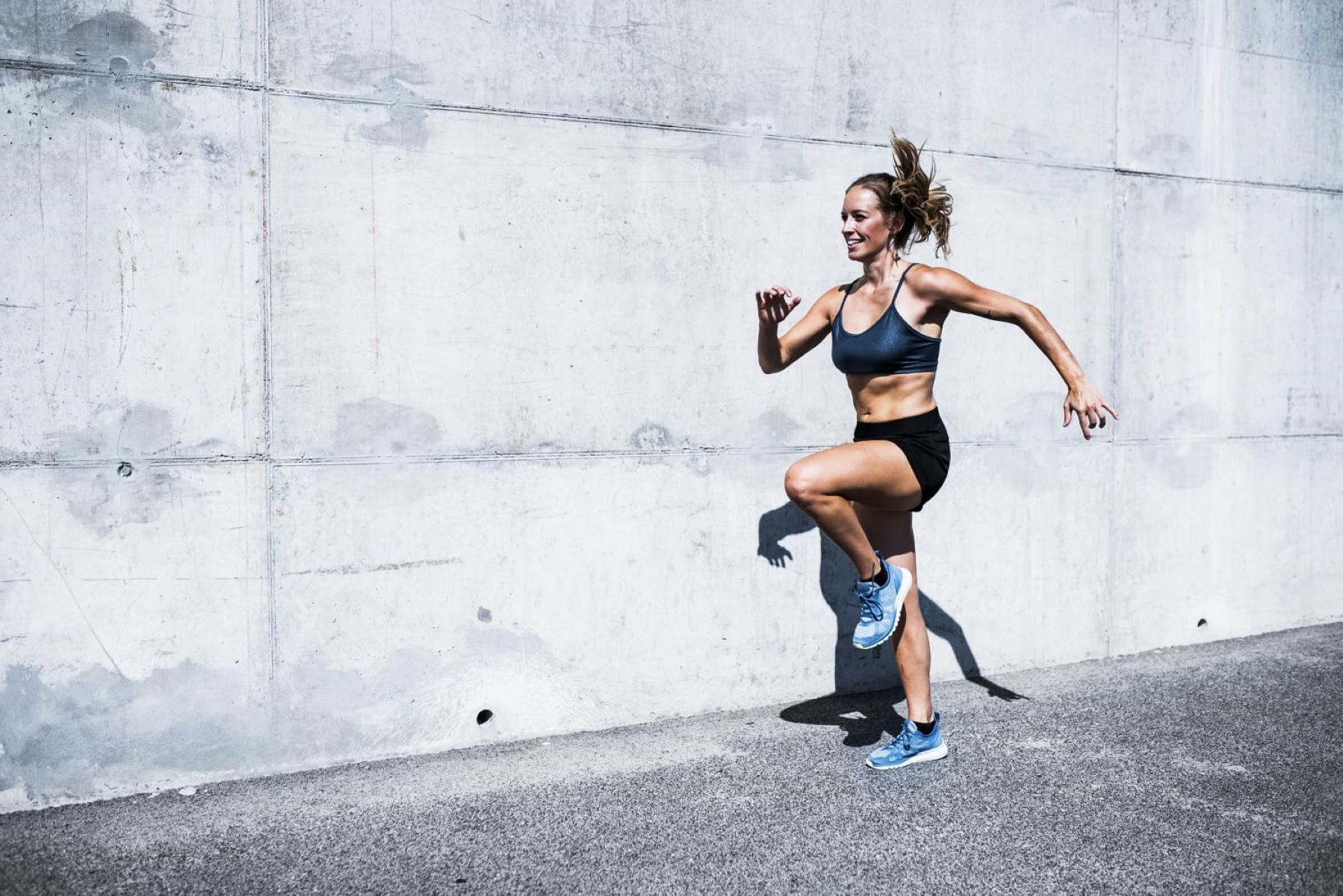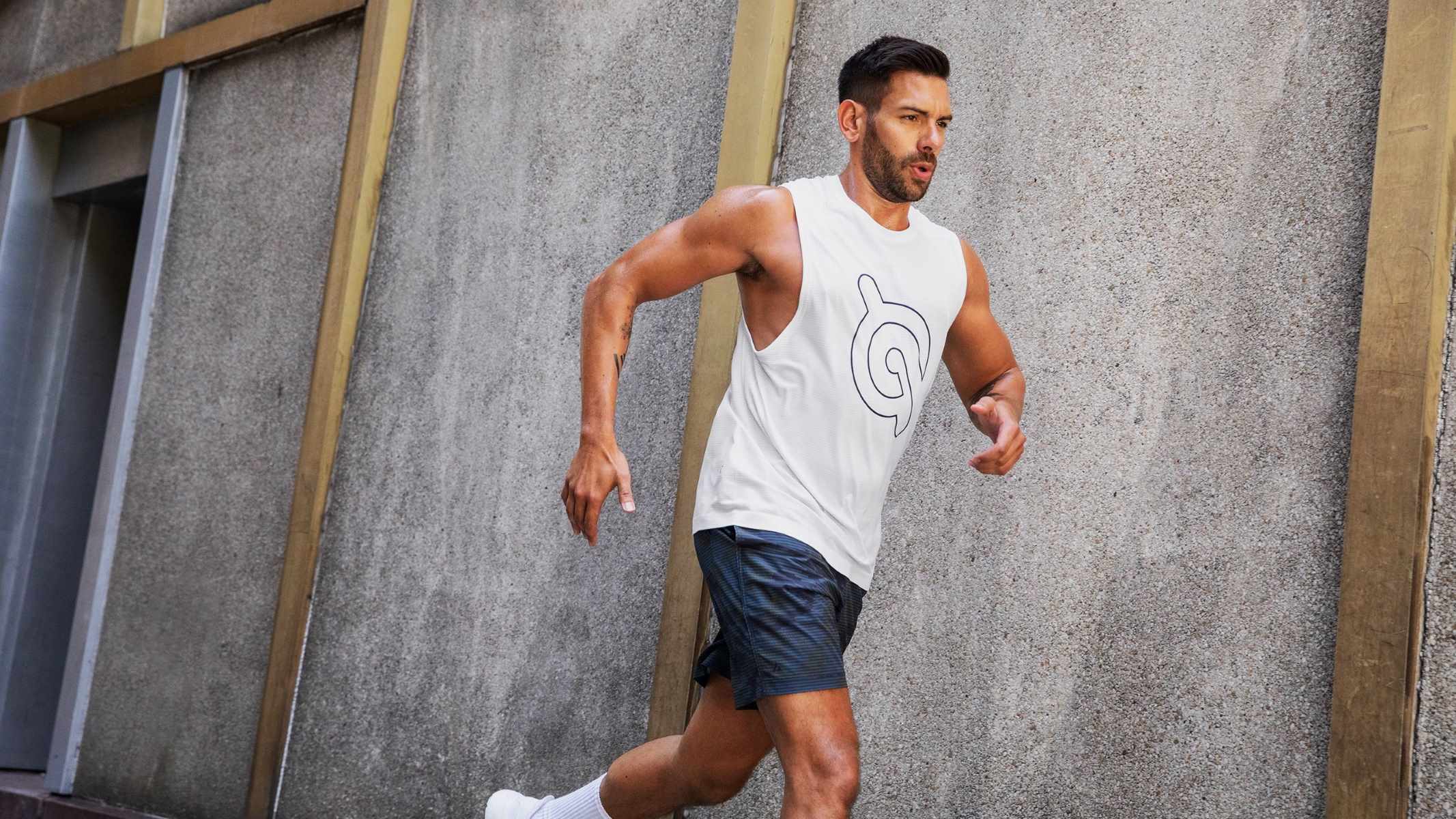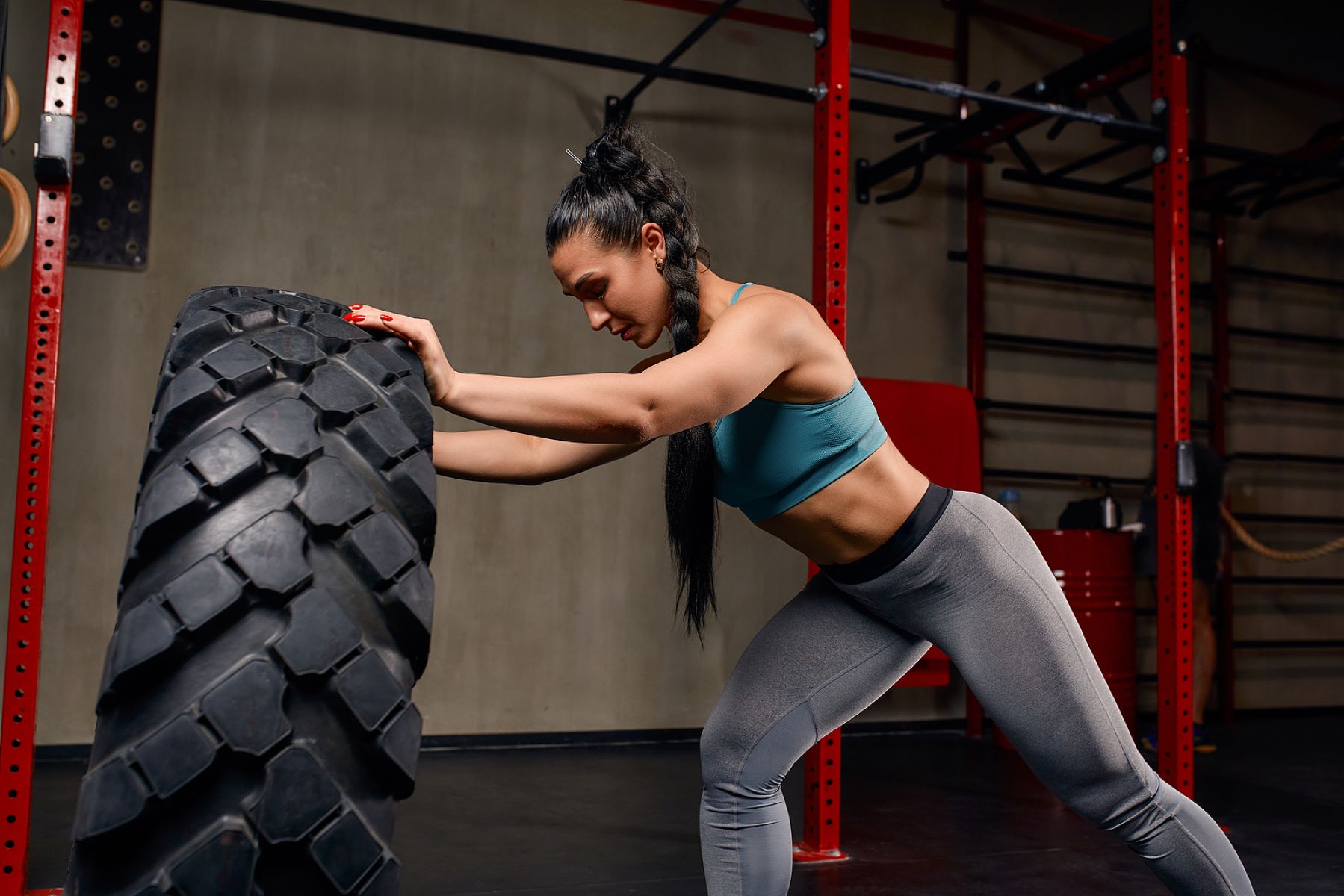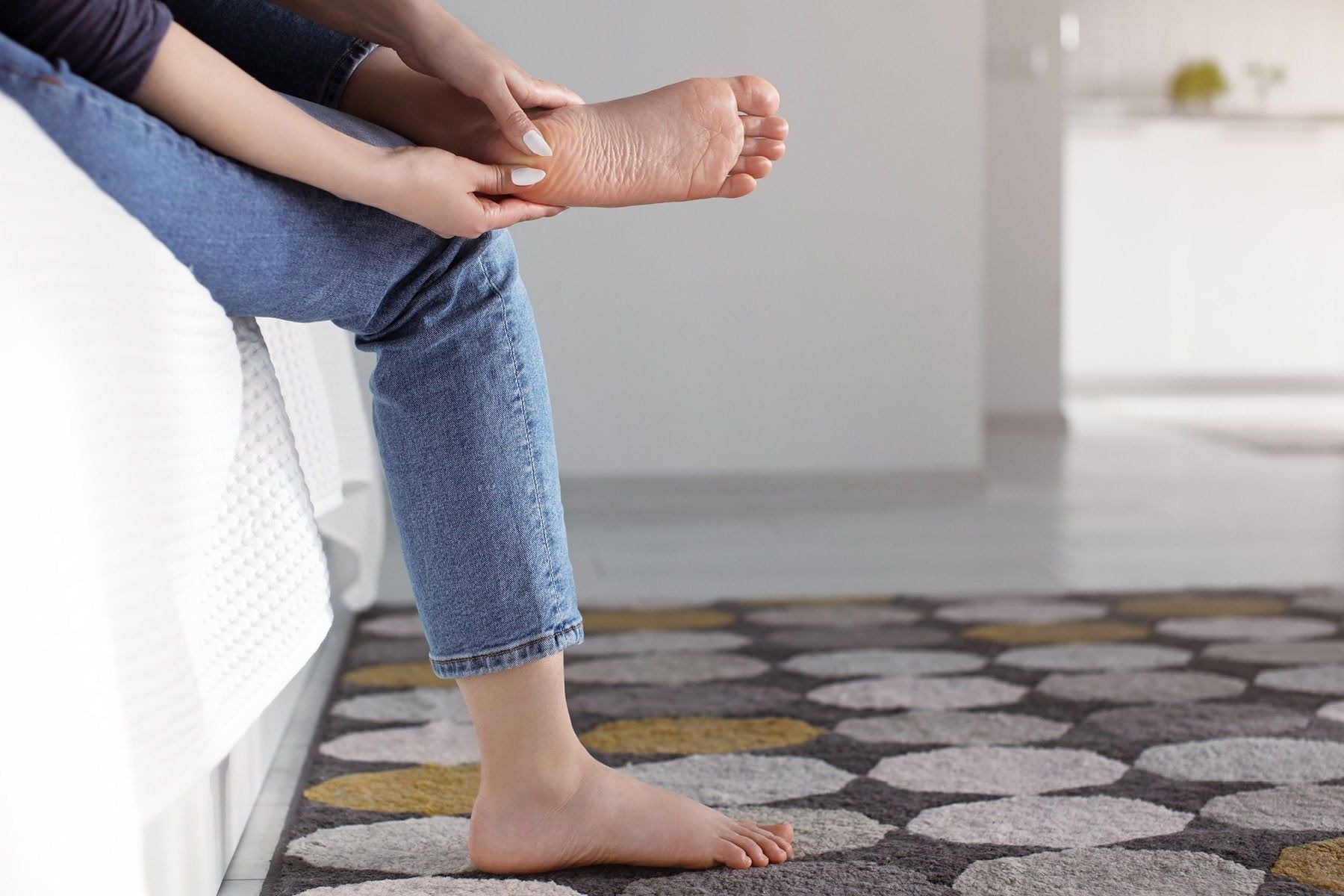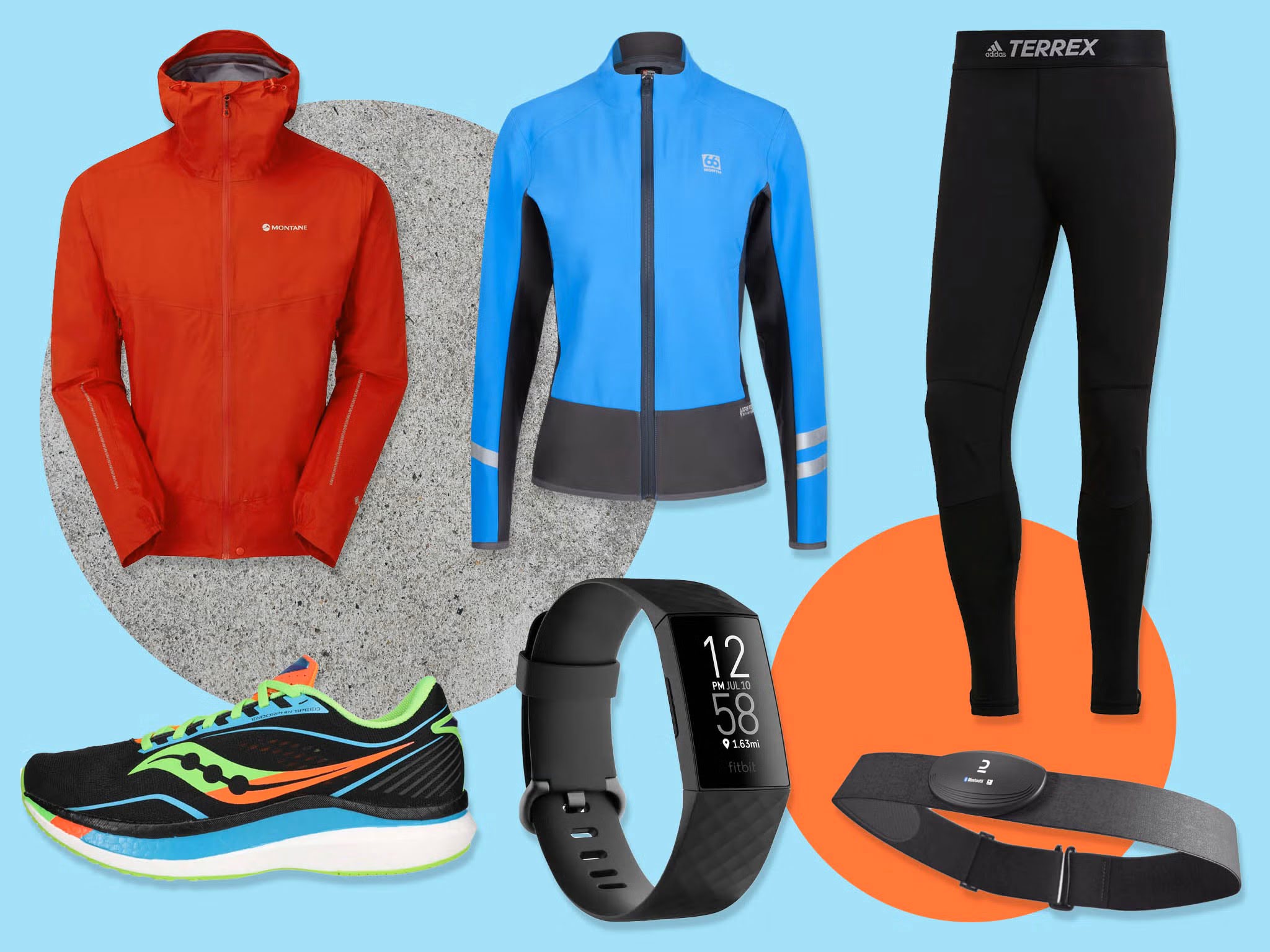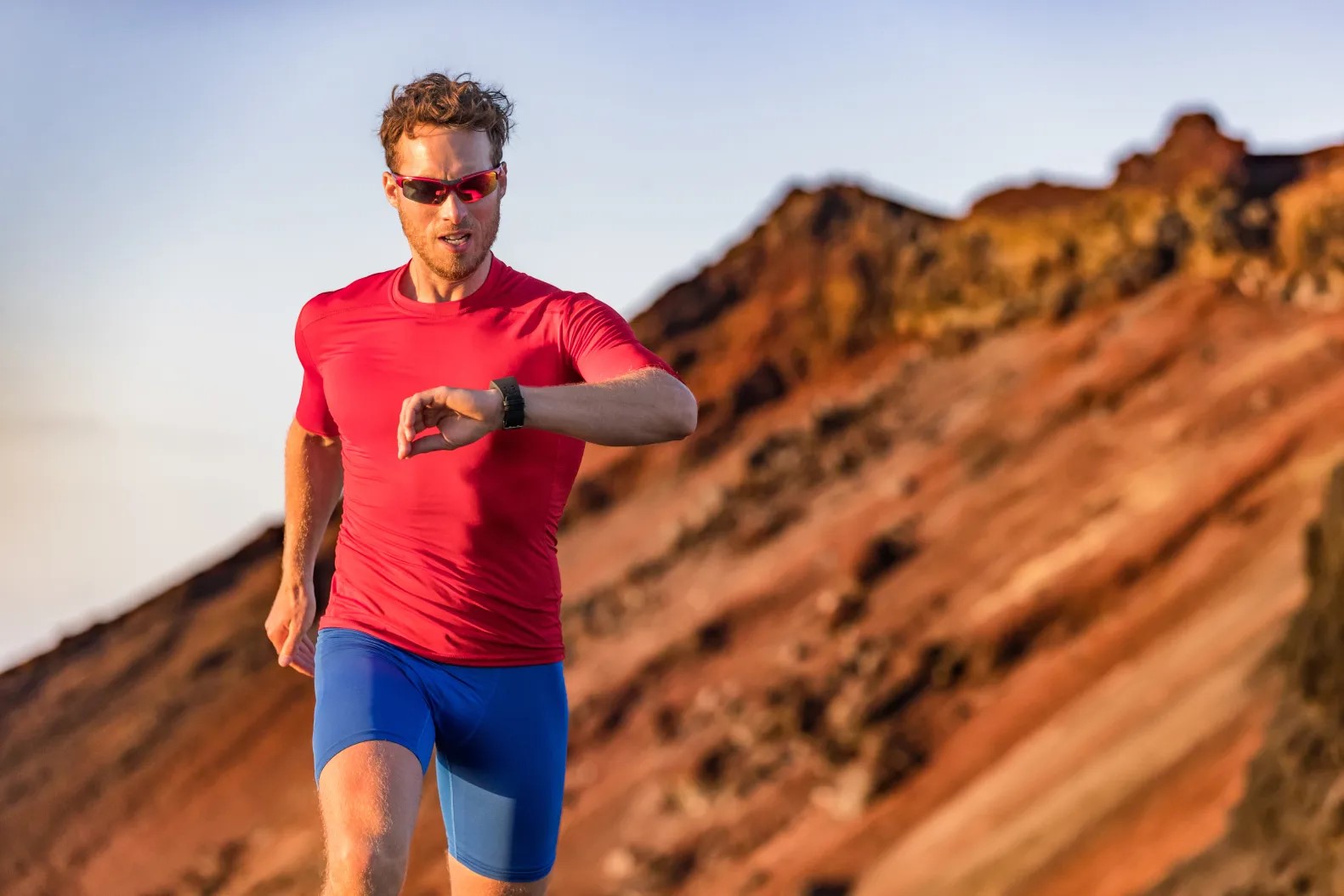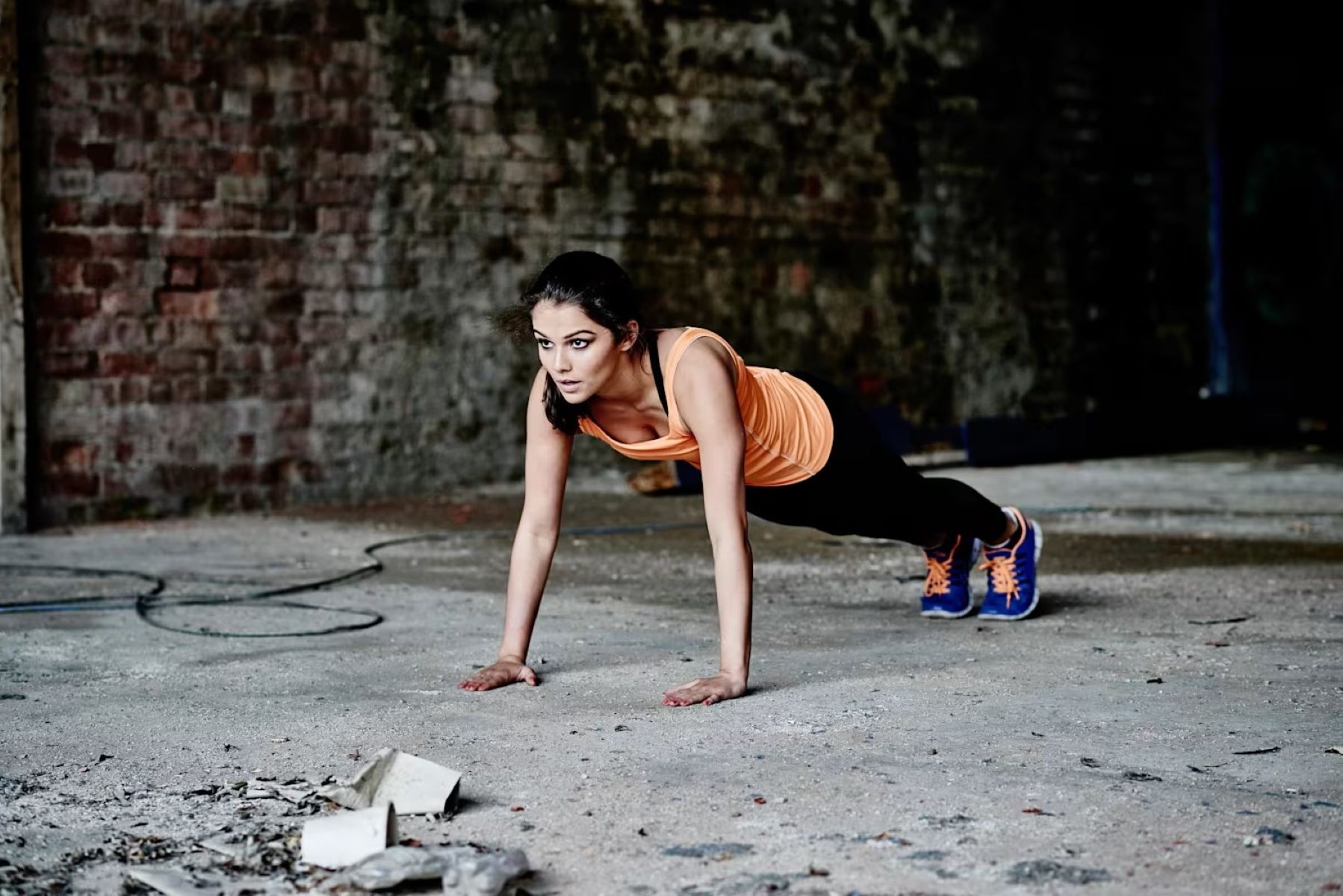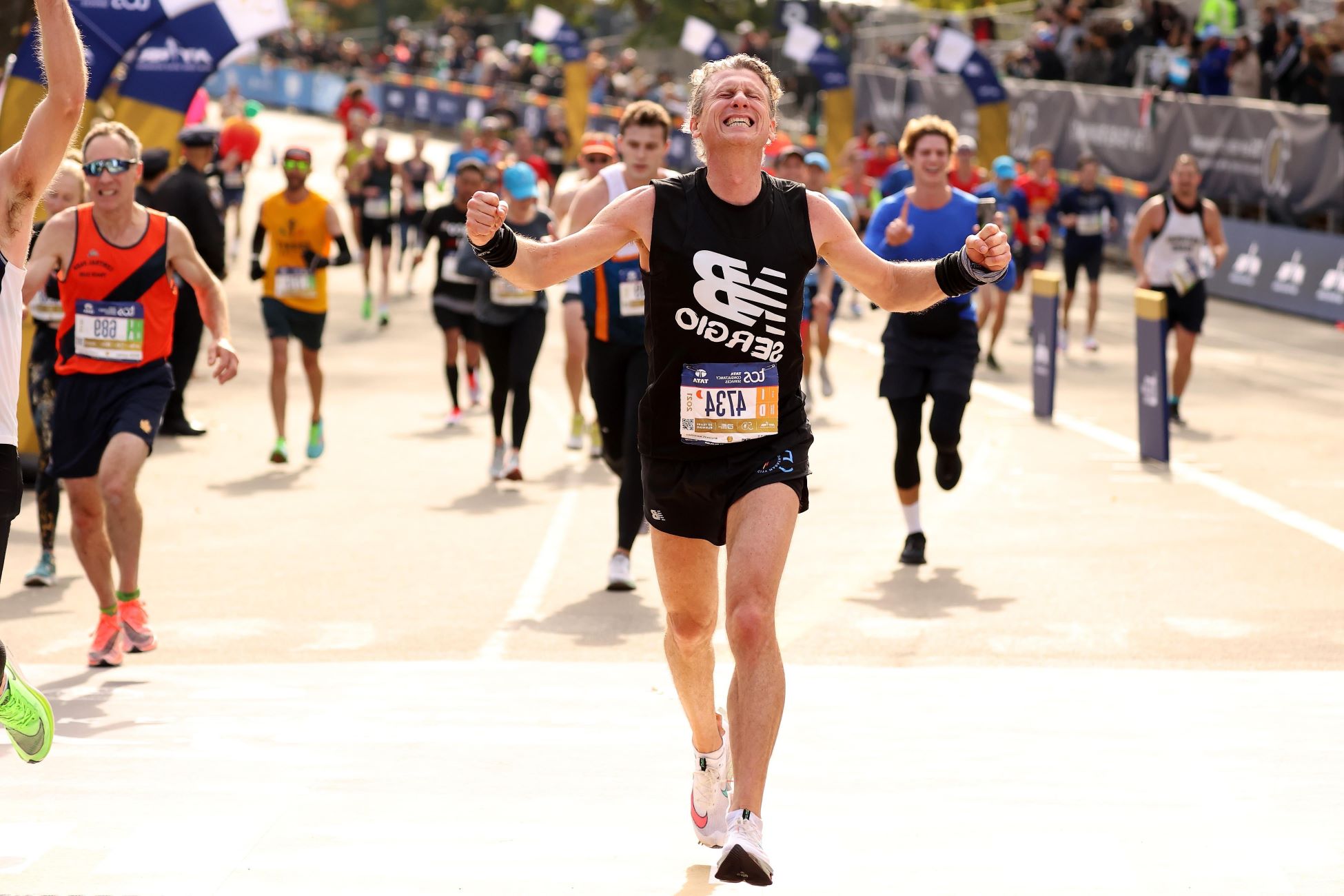Home>Gear & Reviews>Shoes>Running With High Arches? Find Your Perfect Fit With The Best Running Shoes
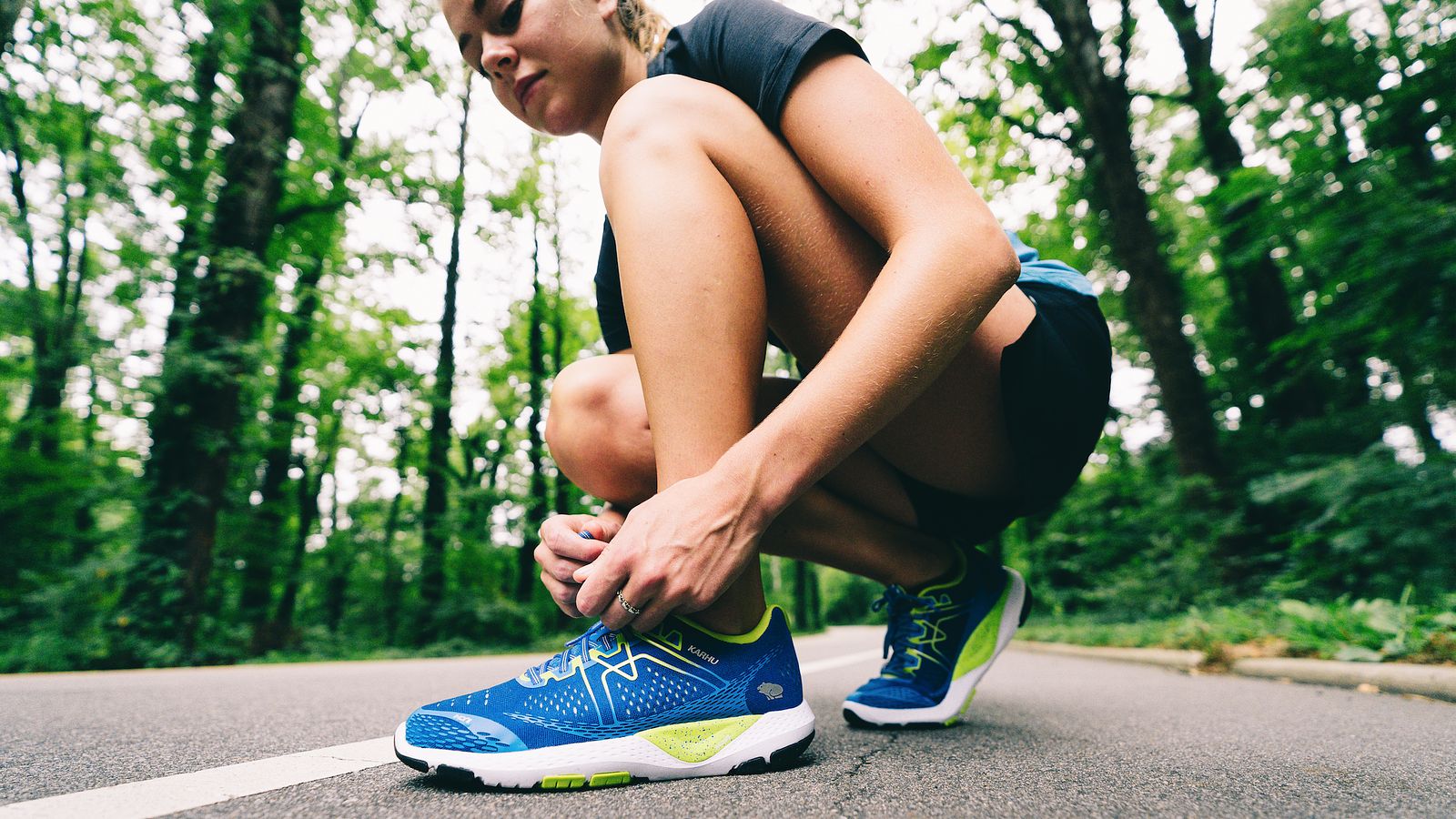

Shoes
Running With High Arches? Find Your Perfect Fit With The Best Running Shoes
Published: February 9, 2024
Discover the ideal running shoes for high arches. Find the perfect fit and support for your feet with our top-rated selection of shoes. Shop now!
(Many of the links in this article redirect to a specific reviewed product. Your purchase of these products through affiliate links helps to generate commission for Therunningadvisor.com, at no extra cost. Learn more)
Table of Contents
Understanding High Arches and Their Impact on Running
High arches, also known as pes cavus, are characterized by an unusually high and pronounced arch on the foot. This condition can impact an individual’s running experience in various ways. Understanding the specific challenges and implications of high arches is crucial for selecting the most suitable running shoes and optimizing performance while minimizing the risk of injury.
The Impact of High Arches on Running
Runners with high arches often experience reduced surface contact with the ground during each stride. This can lead to increased pressure on the metatarsal and heel areas, potentially causing discomfort and even injury. The lack of natural shock absorption due to the elevated arches can also result in a higher risk of stress fractures and muscle strain.
Furthermore, individuals with high arches may be more prone to supination, a condition where the foot rolls outward upon impact. This can lead to an uneven distribution of weight, potentially causing instability and discomfort during running. Additionally, the reduced flexibility of the foot due to high arches can impact the overall gait and contribute to a less efficient running stride.
Understanding these implications is essential for identifying the key features required in running shoes to address the specific needs of high-arched runners. By recognizing the challenges associated with high arches, individuals can make informed decisions when selecting the most suitable running shoes to enhance comfort, support, and performance.
By gaining a deeper understanding of the impact of high arches on running, individuals can take proactive steps to mitigate potential issues and optimize their running experience. This knowledge forms the foundation for selecting running shoes that are specifically designed to accommodate and support high arches, ultimately contributing to a more comfortable and enjoyable running experience.
How to Choose the Right Running Shoes for High Arches
When it comes to selecting the right running shoes for high arches, there are several key considerations that can significantly impact comfort, performance, and overall foot health. Understanding these factors is essential for individuals with high arches to make informed decisions and find the perfect fit for their running endeavors.
Understanding Your Foot Mechanics
Before delving into the vast array of running shoe options, it’s crucial to gain a comprehensive understanding of your foot mechanics. This involves identifying the specific characteristics of your high arches, such as the degree of elevation and any associated biomechanical issues. Consulting with a podiatrist or a knowledgeable footwear specialist can provide valuable insights into your unique foot structure and any potential gait abnormalities.
Seek Ample Cushioning and Support
Given the reduced surface area of the foot in high-arched individuals, it’s imperative to prioritize running shoes that offer ample cushioning and support. Look for shoes with generous midsole cushioning to help absorb the impact of each stride and alleviate pressure on the metatarsal and heel areas. Additionally, adequate arch support is essential to counteract the heightened arches and promote a more balanced weight distribution during running.
Opt for Flexibility and Stability
While high arches may limit the foot’s natural flexibility, it’s important to seek running shoes that strike a balance between flexibility and stability. Look for shoes with flexible uppers that can accommodate the unique shape of high-arched feet without causing discomfort. At the same time, prioritize shoes with sturdy outsoles and supportive heel counters to enhance stability and minimize the risk of supination and instability during running.
Consider Custom Orthotics
For individuals with high arches, custom orthotic insoles can be a game-changer in optimizing comfort and support. These personalized inserts are designed to align with the specific contours of high-arched feet, providing tailored cushioning and arch support. When selecting running shoes, ensure that they can accommodate custom orthotics, allowing for seamless integration and enhanced foot support.
Test for Proper Fit and Comfort
Ultimately, the right running shoes for high arches should feel like a natural extension of your feet, offering a snug yet comfortable fit. When trying on potential options, pay close attention to any pressure points or areas of discomfort, particularly around the arch and heel. Take the time to walk and jog in the shoes to assess their overall comfort, stability, and impact absorption, ensuring that they align with the unique needs of high-arched runners.
By considering these essential factors and prioritizing the specific needs of high arches, individuals can confidently navigate the vast array of running shoe options to find the perfect fit. With the right running shoes, high-arched runners can enjoy enhanced comfort, support, and performance, empowering them to pursue their running goals with confidence and ease.
Top Features to Look for in Running Shoes for High Arches
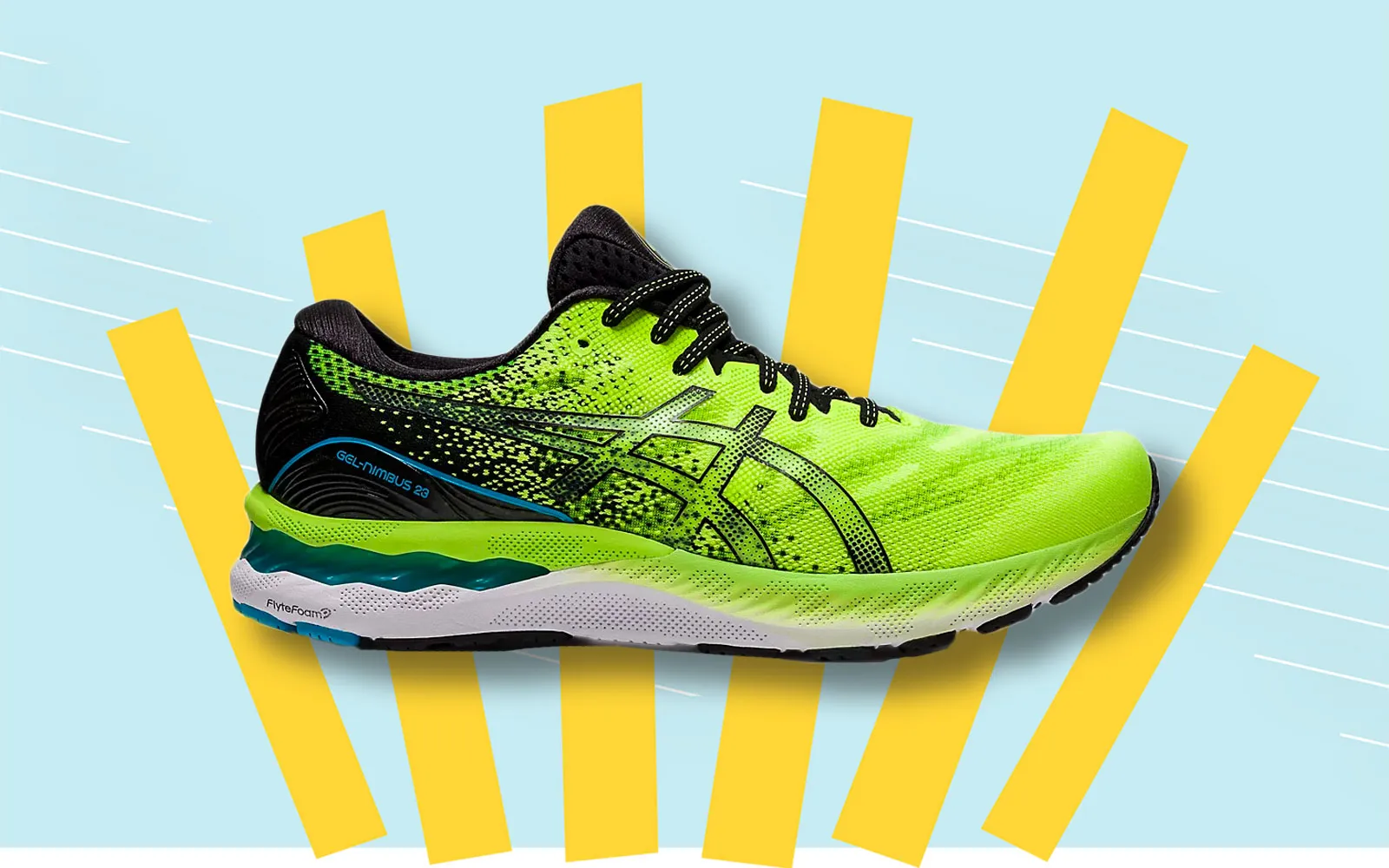
Ample Cushioning and Arch Support
Running shoes tailored for high arches should prioritize ample cushioning to mitigate the impact of each stride and minimize discomfort. Look for shoes with well-cushioned midsoles, ideally incorporating responsive foam or gel technologies to enhance shock absorption. Additionally, robust arch support is crucial for promoting a more balanced weight distribution and alleviating pressure on the elevated arches. Seek shoes with enhanced arch support features, such as contoured insoles or built-in arch reinforcements, to effectively address the specific needs of high-arched runners.
Flexible and Breathable Uppers
Opt for running shoes with flexible and breathable uppers to accommodate the unique shape and limited flexibility of high-arched feet. Flexible uppers allow for natural foot movement while minimizing potential discomfort or constriction. Look for shoes constructed from breathable mesh or lightweight knit materials to facilitate airflow and maintain a comfortable internal environment. This feature not only enhances overall comfort but also reduces the likelihood of friction-related issues, such as blisters or hot spots, commonly experienced by high-arched runners.
Heel and Ankle Support
Stability and support around the heel and ankle areas are paramount for high-arched runners to minimize the risk of supination and instability during running. Seek running shoes with sturdy heel counters that provide a secure and supportive fit, effectively preventing excessive outward rolling of the foot. Additionally, ankle support features, such as padded collars or strategic ankle reinforcements, can enhance overall stability and reduce the likelihood of discomfort or injury associated with high-arched foot mechanics.
Compatibility with Custom Orthotics
For individuals with high arches, the option to use custom orthotic insoles is a significant consideration when selecting running shoes. Look for shoes that offer removable insoles or sufficient internal space to accommodate custom orthotics. This ensures that high-arched runners can seamlessly integrate personalized orthotic support into their chosen running shoes, optimizing comfort and addressing specific biomechanical needs. The ability to incorporate custom orthotics allows for a tailored and supportive footwear solution, catering to the unique contours and arch elevation of high-arched feet.
Durable Outsoles with Traction
Running shoes for high arches should feature durable outsoles with reliable traction to provide stability and support during various running conditions. Look for shoes with robust rubber outsoles that offer enhanced grip and traction, promoting confident and secure foot placement. The durability of the outsoles is crucial for long-term performance and protection, particularly for high-arched runners who may exert increased pressure on specific areas of the foot due to the elevated arches. Additionally, reliable traction minimizes the risk of slippage or instability, contributing to a more secure and comfortable running experience.
By prioritizing these top features when selecting running shoes for high arches, individuals can effectively address the unique challenges associated with high-arched foot mechanics. These features collectively contribute to enhanced comfort, support, and performance, empowering high-arched runners to pursue their running endeavors with confidence and ease.
Best Running Shoes for High Arches on the Market
-
Brooks Ghost 14: Renowned for its exceptional cushioning and versatility, the Brooks Ghost 14 is a top choice for high-arched runners. Featuring a balanced combination of cushioning and responsiveness, this shoe offers a smooth and supportive ride, effectively addressing the impact of high arches on running mechanics. The plush midsole and adaptable mesh upper provide a comfortable and accommodating fit, making it an ideal option for long-distance runs and everyday training.
-
Saucony Triumph 19: Designed to deliver maximum cushioning and support, the Saucony Triumph 19 is a standout choice for high-arched individuals seeking a plush and stable running experience. With its innovative PWRRUN+ cushioning technology and FORMFIT system, this shoe offers a customized and supportive fit, effectively catering to the unique needs of high arches. The durable outsole with reliable traction ensures confident foot placement, making it an excellent option for high-arched runners looking for enhanced comfort and performance.
-
Asics Gel-Nimbus 23: Recognized for its exceptional cushioning and shock absorption, the Asics Gel-Nimbus 23 is a popular choice among high-arched runners. Equipped with advanced GEL technology in the forefoot and heel, this shoe effectively mitigates the impact of high arches on the foot, promoting a more comfortable and stable running experience. The breathable upper and supportive midsole construction make it an ideal option for high-arched individuals seeking reliable cushioning and a secure fit.
-
New Balance Fresh Foam 1080v11: Engineered to provide a plush and responsive ride, the New Balance Fresh Foam 1080v11 is a favored choice for high-arched runners. With its Fresh Foam midsole technology and Ultra Heel design, this shoe offers exceptional cushioning and support, effectively addressing the challenges associated with high arches. The breathable and accommodating upper construction enhances overall comfort, making it an excellent option for high-arched individuals seeking a well-cushioned and stable running shoe.
-
Hoka One One Bondi 7: Renowned for its maximal cushioning and supportive design, the Hoka One One Bondi 7 is a standout choice for high-arched runners seeking unparalleled comfort and impact absorption. With its signature Meta-Rocker technology and EVA midsole, this shoe promotes a smooth and efficient running gait, effectively addressing the unique mechanics of high arches. The accommodating and breathable upper construction further enhances the overall comfort and support, making it an excellent option for high-arched individuals prioritizing cushioning and stability.
These top running shoes are meticulously designed to cater to the specific needs of high-arched runners, offering a blend of cushioning, support, and stability to enhance comfort and performance. By prioritizing these leading options, high-arched individuals can confidently select the best running shoes to optimize their running experience and minimize the impact of high arches on their foot mechanics.
Tips for Properly Fitting and Testing Running Shoes
Properly fitting and testing running shoes is a crucial step in ensuring optimal comfort, support, and performance, especially for individuals with high arches. By following these essential tips, high-arched runners can make informed decisions and select the most suitable shoes to accommodate their unique foot mechanics.
Seek Professional Guidance
Before embarking on the quest for the perfect running shoes, consider seeking professional guidance from a podiatrist or footwear specialist. These experts can assess your foot structure, arch elevation, and gait mechanics, providing valuable insights that inform your shoe selection. By understanding your specific foot dynamics, you can narrow down the options and prioritize shoes that cater to the needs of high-arched feet.
Read more: The Effects Of Running On Your Body
Measure Both Feet
It’s essential to measure both feet when fitting running shoes, as it’s not uncommon for one foot to be slightly larger than the other. High-arched individuals should pay particular attention to the arch length and width, ensuring that the chosen shoes accommodate the elevated arches comfortably. By measuring both feet and considering the unique characteristics of high arches, you can select shoes that provide a balanced and accommodating fit for each foot.
Allow Wiggle Room for Toes
When trying on running shoes, ensure that there is ample wiggle room for your toes within the toe box. High-arched runners should prioritize shoes with spacious toe boxes to prevent discomfort and potential constriction. The ability to wiggle your toes freely within the shoes indicates adequate space and minimizes the risk of pressure points or friction-related issues, promoting overall comfort during running.
Test Different Brands and Models
High-arched individuals should explore a variety of running shoe brands and models to identify the best fit for their unique foot mechanics. Different brands may offer distinct features and fits, and testing multiple options allows you to compare cushioning, support, and overall comfort. By trying on various shoes, you can pinpoint the specific features that effectively address the challenges associated with high arches, ultimately leading to a more informed and confident decision.
Walk and Jog in the Shoes
When testing running shoes, it’s essential to simulate the movements and impact experienced during running. Take the time to walk and jog in the shoes within the store environment, paying attention to how they feel with each stride. High-arched runners should assess the level of cushioning, arch support, and overall stability while in motion, ensuring that the chosen shoes effectively address the unique mechanics of high arches and promote a comfortable running experience.
Consider Orthotic Compatibility
For individuals with high arches who use custom orthotic insoles, it’s crucial to ensure that the chosen running shoes are compatible with these personalized inserts. High-arched runners should verify that the shoes offer removable insoles or sufficient internal space to accommodate custom orthotics. This consideration allows for seamless integration of orthotic support, enhancing overall comfort and addressing specific biomechanical needs.
By adhering to these tips for properly fitting and testing running shoes, high-arched runners can navigate the selection process with confidence and precision. Prioritizing comfort, support, and the specific needs of high arches empowers individuals to find the perfect running shoes, ultimately enhancing their running experience and minimizing the impact of high arches on their foot mechanics.

